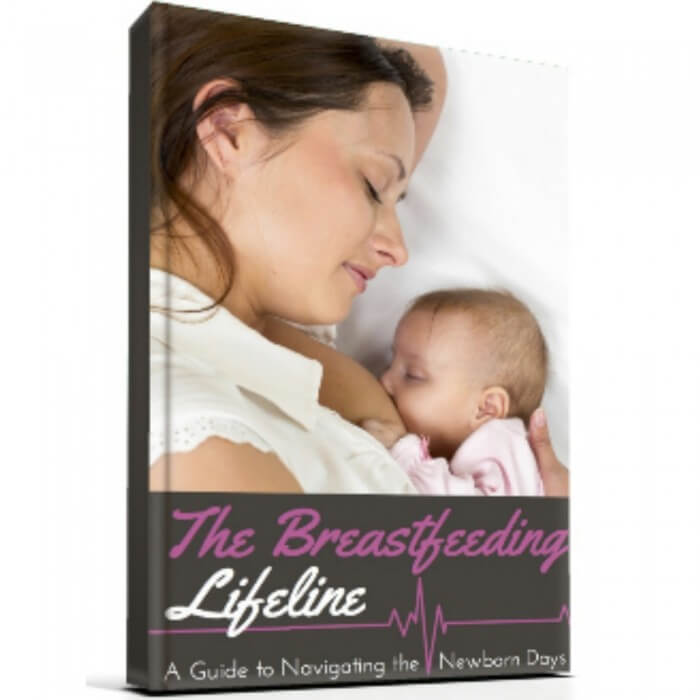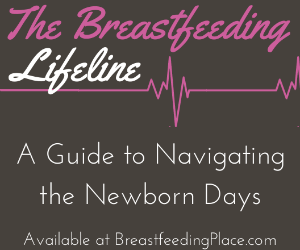 By now you must be aware of how awesome your body is at keeping up with your baby’s needs! Assuming you continue to create a demand for milk, your breasts will continue to supply the awesome nutrition that your baby needs until he or she weans. This isn’t always done through the tap, however. Oftentimes mothers find themselves pumping and storing breast milk for various reasons. Whether it be to keep up with a NICU baby or so that mom can return to work, there are several things to take into account when pumping and storing breast milk for your baby.
By now you must be aware of how awesome your body is at keeping up with your baby’s needs! Assuming you continue to create a demand for milk, your breasts will continue to supply the awesome nutrition that your baby needs until he or she weans. This isn’t always done through the tap, however. Oftentimes mothers find themselves pumping and storing breast milk for various reasons. Whether it be to keep up with a NICU baby or so that mom can return to work, there are several things to take into account when pumping and storing breast milk for your baby.
Supply & Demand
Breastfeeding is supply and demand. That means that the more of a demand there is, the more breast milk you will supply. If your baby is nursing around the clock every hour, so should you be pumping while he or she is unavailable to nurse. And if you’re breastfeeding and attempting extra for a stash, then you will have to find ways to account for that extra demand.
Lucky for us, our bodies generally start with an over abundance of milk giving us a head start. Some people will tell you to begin pumping right away to immediately start signalling to your body “Hey, keep making milk because I need it.” Others will say that you should wait until a supply is established and then slowly increase it to avoid oversupply. The choice is yours, my friend. The important thing is that if you’re planning on beginning a stash of breast milk, you need to create a demand for it first and give your body time to respond to the cues.
Basic Rules of Pumping
After choosing the best pump for yourself and your budget, make sure to sterilize your equipment before your first use. You want to start off each session with clean equipment (except if you’re cluster pumping to raise supply). Settle down with a glass of water nearby. If possible, nurse your baby while you pump on the opposite side. Always pump as often as your baby would eat. When following proper technique, you should see significant results within a week of beginning a routine.
If you’re having issues keeping up with demand, consider your choice in equipment or talk to your health care provider about taking a milk-boosting supplement.
Proper Storage Techniques
If you’re pumping away from home, remember that breast milk is okay at room temperature for about 4-8 hours (depending on your local climate). Some states require employers to provide a safe place for pumped milk and/or a cooler. Make sure you brush up on your local breastfeeding rights if you’re returning back to work.
When creating a freezer stash, be sure to take into account the kind of freezer you’ll be using and the containers in which you’ll be keeping your milk. I prefer using breast milk storage bags because I can lay them flat and store them in my Milkies Freeze right in my refrigerator. I simply close the bag making sure to remove any extra air bubbles, label, and lay flat to freeze. Once I go to put the next bag in, I move the now-frozen bag to the top of the stack. When I need milk I pull from the bottom. It’s quite neat!
Oh course, if you’re pumping and storing milk to donate or for multiples you’ll want to consider buying a deep freezer. Milk also lasts longer in a deep freezer. Check milk regularly as it nears it’s expiration date to ensure quality. Sour milk will smell and taste rancid.
Keeping up with a pumping routine can be difficult at times. But by following the guidelines above you can create a stash that is sure to please your baby and provide you with peace of mind when you have to be away. Relatives and caregivers love to help out with feeding times as well, so don’t be afraid to make use of these pumping and storage tips.






[…] Pumping and Storing Breast Milk […]